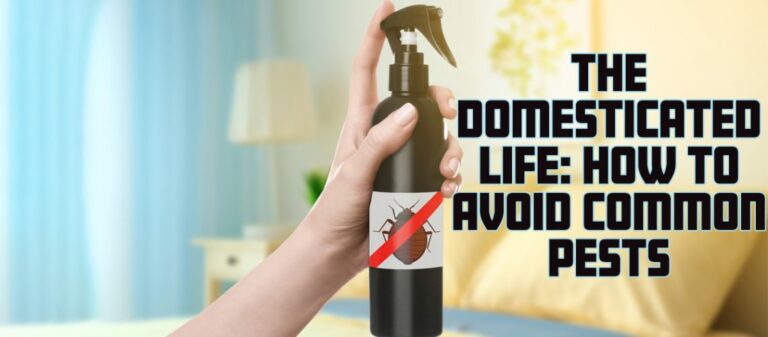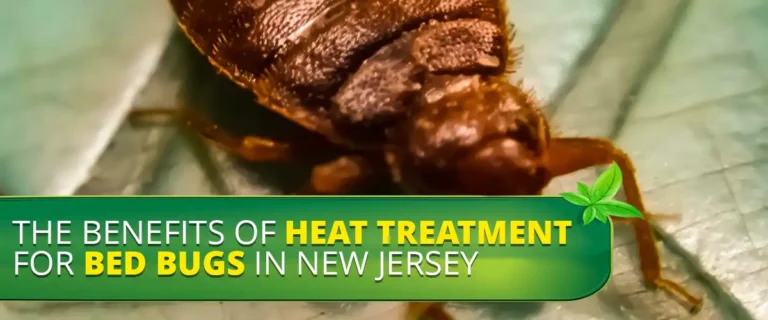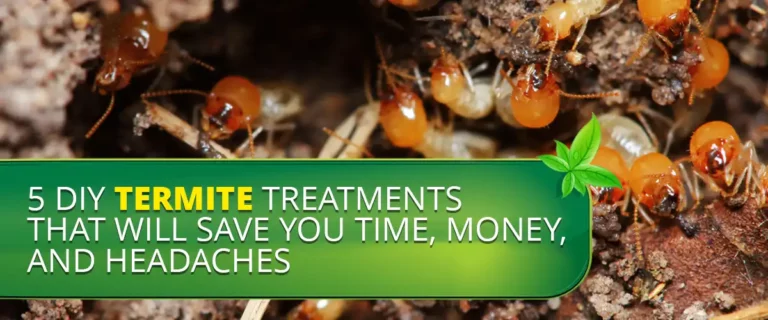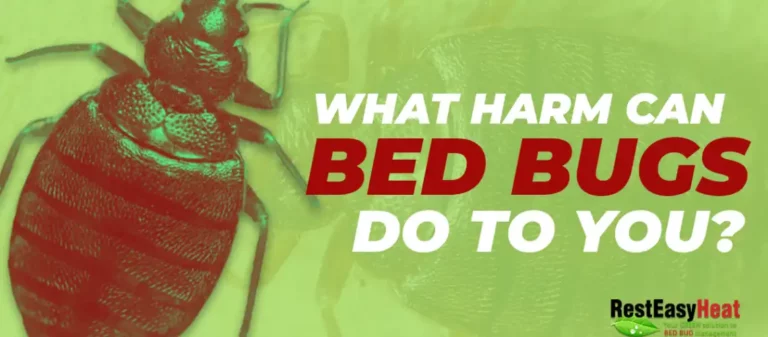Mice and rats are unwelcome guests in homes across New Jersey, and their presence can bring about numerous dangers and risks. While they may seem harmless at first glance, these furry intruders can pose significant risks to our health and property. In New Jersey, where these rodents are prevalent, it is essential to understand the dangers associated with mouse and rat infestations and take necessary measures to address them promptly and avoid problems.
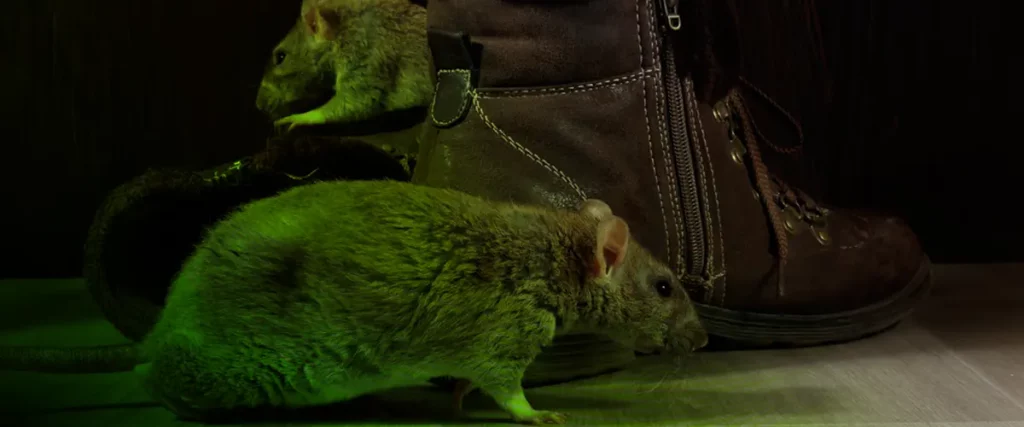
Rats, mice, and their resiliency
Rats and mice are one of the most prevalent pests in New Jersey. These mammals are both rodents and have a similar physical appearance. Although they look almost identical, you can still differentiate them because of their body sizes and tails. Mice have more petite and slender bodies, while rats have more significant and heavier bodies. Also, rat tails are shorter, thicker, and hairless, while mice have long, thin, and hairy tails. In New Jersey, three types of mice and rat pests inhabit: Norway rats, also known as Brown rats (Rattus norvegicus), Black rats, also known as roof rats or ship rats (Rattus rattus), and House mice (Mus musculus).
House mice, Norway rats, and Roof rats display nesting behavior, territorial tendencies, gnawing habits, rapid reproduction, and adaptability to various environments. They are successful pests due to their adaptability and rapid reproduction. They can thrive in multiple rural and urban settings, consume a wide range of food, and quickly increase their populations. They also have high reproductive capacity, contributing to their pest status. They can rapidly reproduce, with multiple litters per year, enabling rapid population growth. Their adaptability and prolific reproduction make effective pest control challenging, emphasizing the need for proper management and professional assistance.
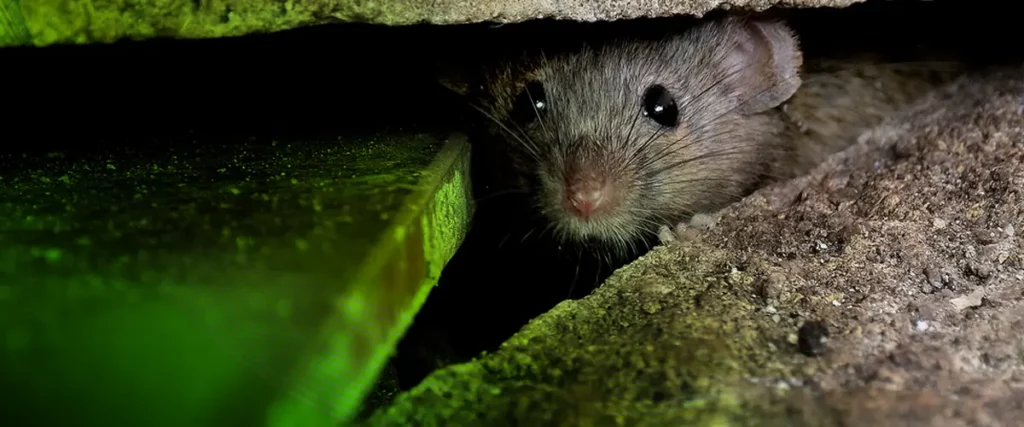
Health Risks Associated with Rodent Infestations
Rodent infestations pose significant health risks that should not be underestimated. These pests can transmit diseases and pathogens through direct contact, contaminated surfaces, or airborne particles, putting human health at serious risk. Following are the
a. Disease Transmission
Mice and rats are known carriers of various diseases, including plague, murine typhus, leptospirosis, rickettsialpox, and rat-bite fever. These pathogens can be transmitted through their droppings, urine, and saliva. Inhaling the contaminated air or contact with contaminated surfaces can lead to severe health issues for humans.
b. Allergies and Asthma
Rodent droppings, urine, and dander might worsen asthma symptoms and cause allergic responses in sensitive individuals. The airborne particles can be inhaled, leading to respiratory distress and other respiratory problems.
Bites and Scratches: When cornered or threatened, mice and rats may bite or scratch humans. These injuries can cause pain and infection and sometimes transmit diseases.
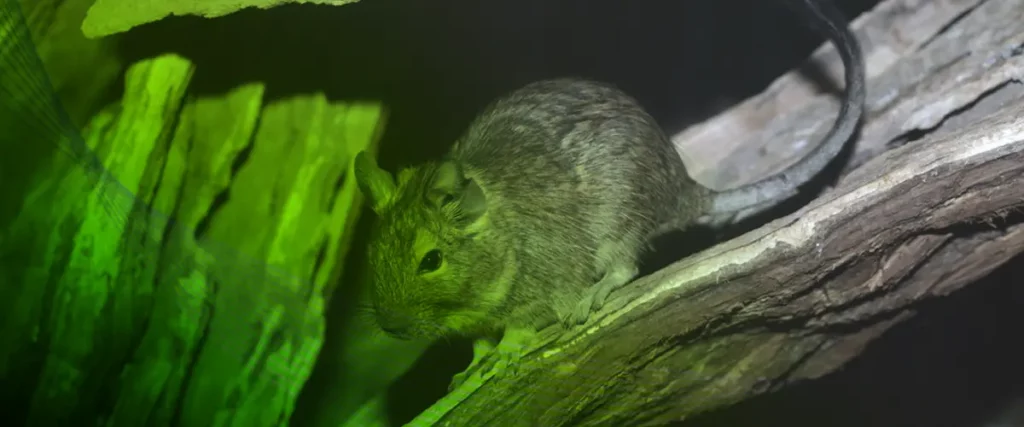
Property Damage and Contamination
Fun fact! The Latin word “rodere” is where the term rodent originated, which means “to gnaw.” That is why mouse and rat infestations can cause irreparable damage to your house’s structure. These rodents have an instinct to gnaw on objects, and this behavior can lead to extensive damage. One of the most concerning consequences is the chewing of electrical wires and cables. Not only does this pose a fire hazard, but it can also result in power outages and expensive repairs. It is essential to promptly address any signs of wire damage to ensure your home’s and its inhabitants’ safety.
Additionally, mice and rats often use insulation materials for nesting. They tear and shred insulation, decreasing energy efficiency and potentially damaging walls, ceilings, and floors. The compromised insulation can result in drafts and increased energy costs. They may chew on furniture, clothing, books, and other personal belongings.
Also, these rodents can contaminate food sources by leaving droppings, urine, and hair, rendering them unsafe for consumption. These pests can invade pantries or storage areas, causing damage and rendering food unfit for consumption, and can cause food poisoning and other gastrointestinal illnesses.

Increased Risk of Secondary Pest Infestations
It’s important to promptly address and eliminate mice and rat problems to minimize the risk of secondary pest problems. These are the possible risk of secondary pest infestations:
a. Insect infestations
Mice and rats serve as food sources for various insects, such as fleas, ticks, and mites. If an infested rodent carries these parasites, they can spread to other areas of the property, potentially leading to a secondary insect infestation.
b. Predator pests
The presence of mice and rats can attract larger predator pests, such as snakes or birds of prey, that feed on these rodents. While attempting to control the rodent population, these predators may also cause damage or become a nuisance themselves.
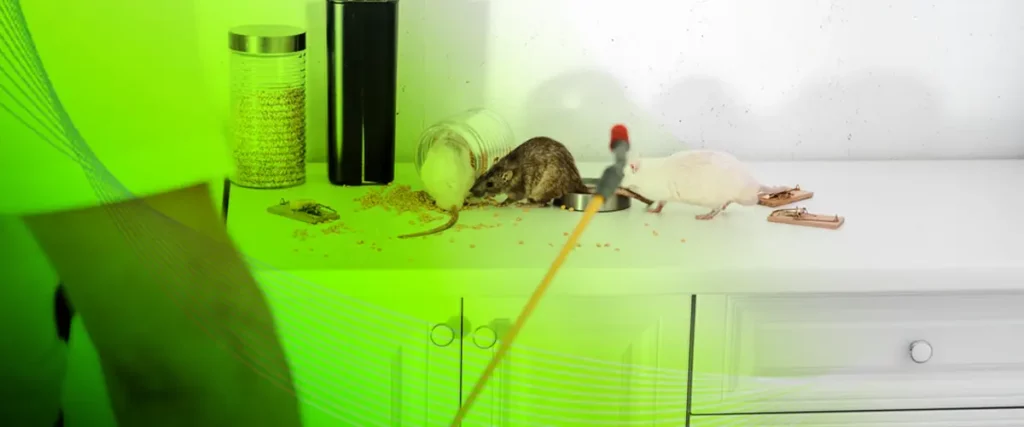
Prevention and Control Measures
To prevent mouse and rat problems in your home, several preventive measures can be taken:
a. Seal Entry Points
Thoroughly inspect your home for any gaps, cracks, or holes that rodents can use to gain access. Seal these entry points with steel wool, caulk, or other suitable materials to prevent rodents from entering your home.
b. Keep a Clean Environment
Regularly clean your home, paying close attention to floors, countertops, and storage areas. Dispose of trash properly, ensuring it is sealed and inaccessible to rodents. A clean environment reduces the attraction for these pests.
c. Secure Food Sources
Store food in airtight containers to prevent mice and rats from accessing it. Keep pet food in rodent-proof containers and avoid leaving it out overnight, as it can attract unwanted visitors.
d. Remove Clutter
Eliminate potential hiding spots for rodents by decluttering your home indoors and outdoors. Remove piles of newspapers, cardboard boxes, and other items that can serve as nesting sites.
e. Professional Pest Control
If you suspect or encounter an uncontrollable infestation of mice or rats, obtaining help from a certified pest control expert is vital. They have the expertise and proper tools to effectively eradicate the infestation and implement preventive measures to avoid future occurrences.
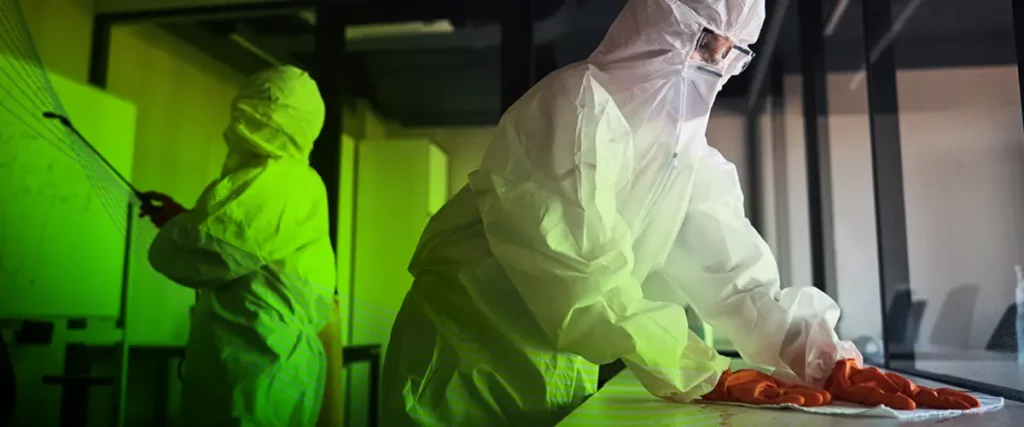
Clean-up and Sanitization
They are essential practices for maintaining hygiene and eliminating potential health hazards of mice problems. Clean-up involves removing dirt, debris, and unwanted materials from a given area, ensuring it is free from clutter and contaminants. Sanitization goes further by employing cleaning agents or disinfectants to eliminate harmful microorganisms, such as bacteria, viruses, and fungi, reducing the risk of infection or disease transmission. Both clean-up and sanitization play crucial roles in promoting a clean and safe environment, whether in homes, workplaces, public spaces, or healthcare facilities. Regular and thorough cleaning, combined with proper sanitization practices, can assist in inhibiting the transmission of diseases and maintaining a healthier living or working environment.
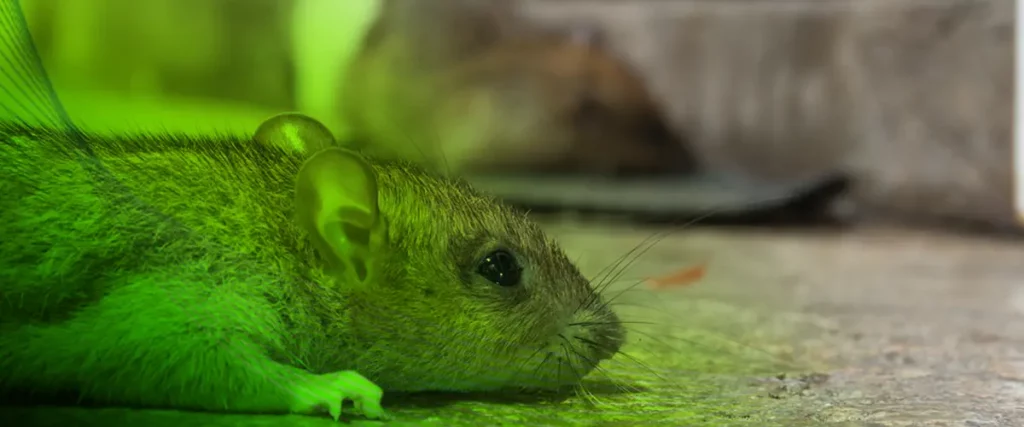
Rat-ify your space, and defeat mice with grace!
Mice and rats problem in Beachwood, NJ, pose significant dangers when they invade their homes. The risks associated with the presence of mice and rats range from the transmission of diseases to structural damage and contaminated food sources. Homeowners must know these dangers and take proactive steps to prevent and control infestations.
By sealing entry points, maintaining a clean environment, securing food sources, removing clutter, and seeking professional pest control assistance, homeowners can effectively mitigate the risks and protect themselves and their properties from the harmful effects of mouse and rat infestations. Early detection and prompt action are vital to minimizing the potential dangers associated with these unwanted house guests.
Resources:
https://www.nj.gov/dep/fgw/chkmamls.htm
https://animaldiversity.org/accounts/Rattus_norvegicus/
https://animaldiversity.org/accounts/Mus_musculus/
https://animaldiversity.org/accounts/Rattus_rattus/
https://www.cdc.gov/nceh/publications/books/housing/cha04.htm
https://www.inaturalist.org/taxa/43698-Rodentia


